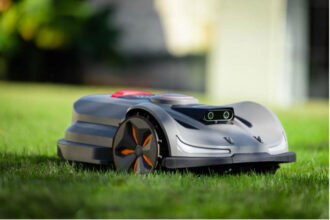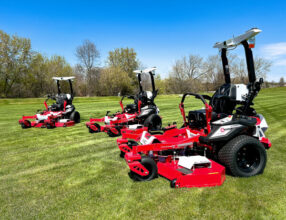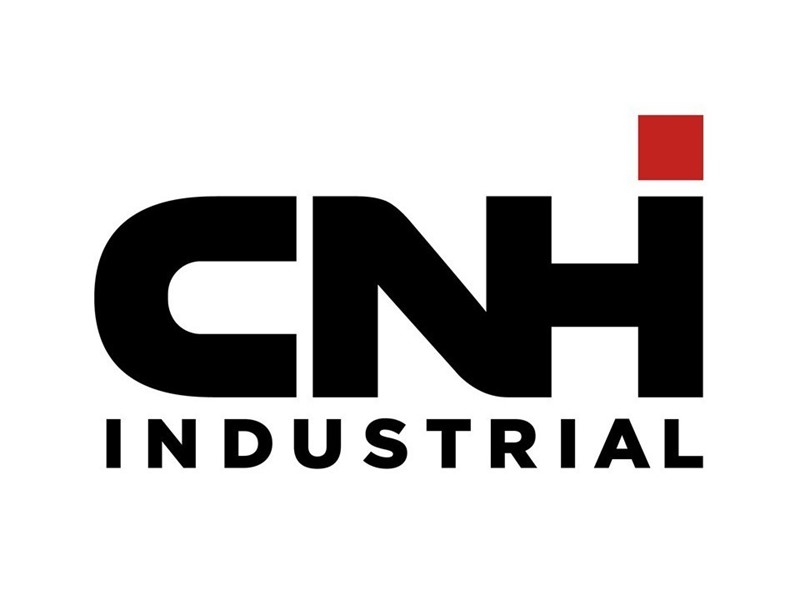Upfront: More mowing trends
In the April 2016 issue of Outdoor Power Equipment (OPE), you may recall that we covered commercial mowing trends at great length, with representatives from many of the top commercial mower manufacturers graciously offering their insights. In this issue, I’d like to devote this space to sharing some additional mowing trends.
Technavio, a global technology research and advisory company with headquarters in London and offices throughout Europe, North America and Asia, recently released a report on the global electric mower market. The report provided analysis on some key trends expected to impact the global electric mower market through 2020. Technavio defines an emerging trend as a factor that has the potential to significantly impact the market and contribute to its growth or decline. According to Technavio research analysts, the top four emerging trends driving the global electric mower market are as follows:
1) Advances in technology: The manufacturers of power lawn and garden equipment are incorporating advanced technologies with the introduction of robotic and battery-powered outdoor lawn mowers to enhance productivity. The sales of these products have increased on both a per-unit basis and an overall market basis. In Europe, more than 200,000 units of robotic lawn mowers are sold annually.
The report also highlights that advances in battery technologies, including improved performance and lower prices of lead-acid and lithium-ion rechargeable battery packs, have allowed manufacturers to develop cordless electric mowers and other equipment for which mobility is a key factor.
2) Increased versatility: The use of terrain-specific equipment or machinery is essential to achieve convenience and cost efficiency, and geographical variations play a key role in determining the performance of equipment. Versatile equipment enables better handling for a variety of tasks. Therefore, manufacturers of lawn mowers are designing products with enhanced flexibility. Manufacturers have introduced product lines with battery packs that are compatible with multiple parts of equipment, allowing end users to swiftly and easily switch among tasks without the need to monitor and maintain fuel-tank levels.
3) Adoption of omni-channel retailing: With the vast majority of consumers going online to start shopping for outdoor power equipment and other products before finalizing their purchases either online or offline (see related story on pages 22-23 in this issue of OPE), marketers and retailers are adjusting their efforts accordingly.
“Changes in shopping patterns are being witnessed where customers are increasingly turning to digital channels to do their research on information and pricing on outdoor power equipment,” said Abhay Sinha, a lead agricultural equipment analyst from Technavio. “Price and feature comparisons are increasingly taking place online. Therefore, both marketers and retailers are adopting omni-channel retailing to provide a seamless shopping experience for customers.”
4) Hybrid electric lawn mowers: As battery-powered mowers use deep-discharge lead-acid batteries and have a run time of about an hour, battery capacity is one of the biggest problems. There is always a trade-off between practical and expensive for ride-on electric mowers. This problem is solved by hybrid electric lawn mowers.
To learn more about this and other Technavio reports, visit www.technavio.com.

OPE Senior Editor Steve Noe
snoe@epgmediallc.com



